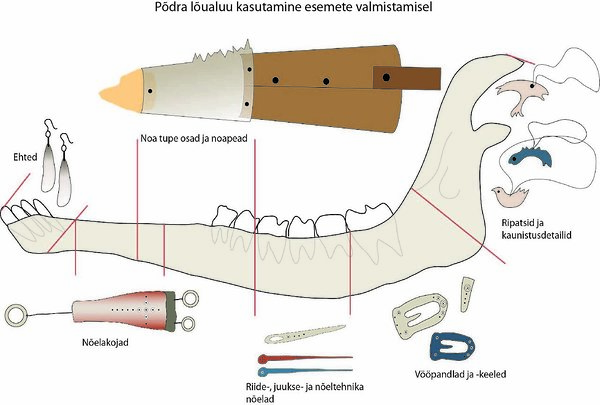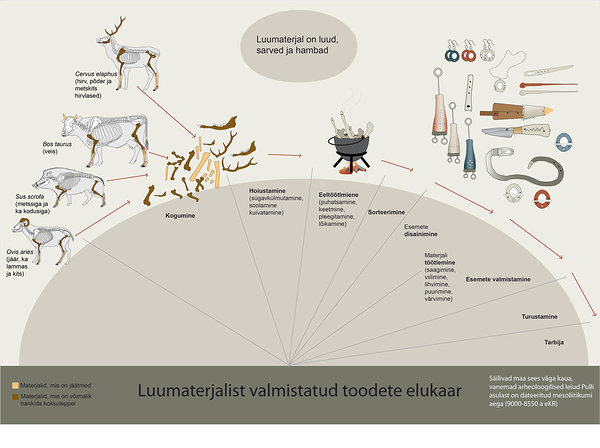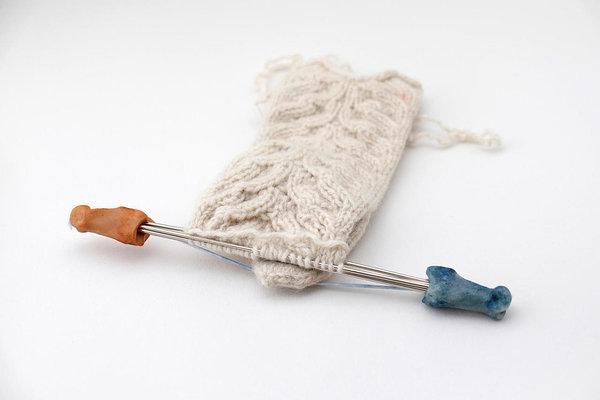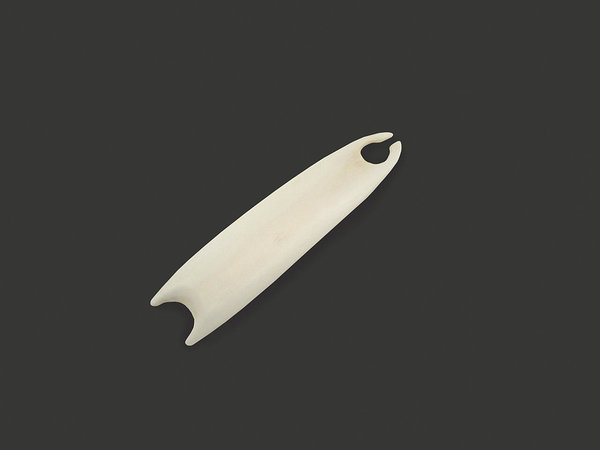Products and materials
We all share responsibility for our environment, but old habits and value judgements die hard. Besides milk and meat animals give us other precious raw materials, such as skins, horns, bones, hair and fur, hoofs etc. Bone is a live and authentic material, humans have used items made from bone for thousands of years, we have derived strength from animal bones and believed in their power. Besides edible animal products we can also use the byproducts for making original and natural handicraft.
The age of technology has given birth to new materials, these days the market is overwhelmed by products with questionable quality, short lifespan and high price. Bone products last long and considering the low price of the raw material the production is sensible and profitable.
The first tools for handling bone material were used during the Stone Age, 2.5 million years ago, they were made of flint. During the Viking Age and Late Iron Age (8th century – beginning of the 13th century) the main tool was knife - for cutting, smoothing and embellishing bones. Files and organic and mineral polishing materials. Presumably sand, leather rags, chalk and sea leather were also used for polishing. Big holes were made with knife, smaller ones were drilled.
Utilising the industrial waste materials and byproducts of food industry for handicraft enables us to rediscover our ancient skills; exiting experiments with materials and methods make way for creating and developing products that are both modern and environmental friendly.
The age of technology has given birth to new materials, these days the market is overwhelmed by products with questionable quality, short lifespan and high price. Bone products last long and considering the low price of the raw material the production is sensible and profitable.
People all over the world have made things from bones since Paleolithic Period. Bone and horn are suitable raw material for making tools (axes, nails, chisels, awls), weapons (spearheads, arrowheads, harpoons, tridents), everyday items (needles, ludasid, värtnaketrasid), personal care products (combs, toothbrush shafts, ear spoons), jewellery and amulets (decorative needles, pendants, beads), toys (spinner bones, play pieces and dice, skates).
The first tools for handling bone material were used during the Stone Age, 2.5 million years ago, they were made of flint. During the Viking Age and Late Iron Age (8th century – beginning of the 13th century) the main tool was knife - for cutting, smoothing and embellishing bones. Files and organic and mineral polishing materials. Presumably sand, leather rags, chalk and sea leather were also used for polishing. Big holes were made with knife, smaller ones were drilled.




